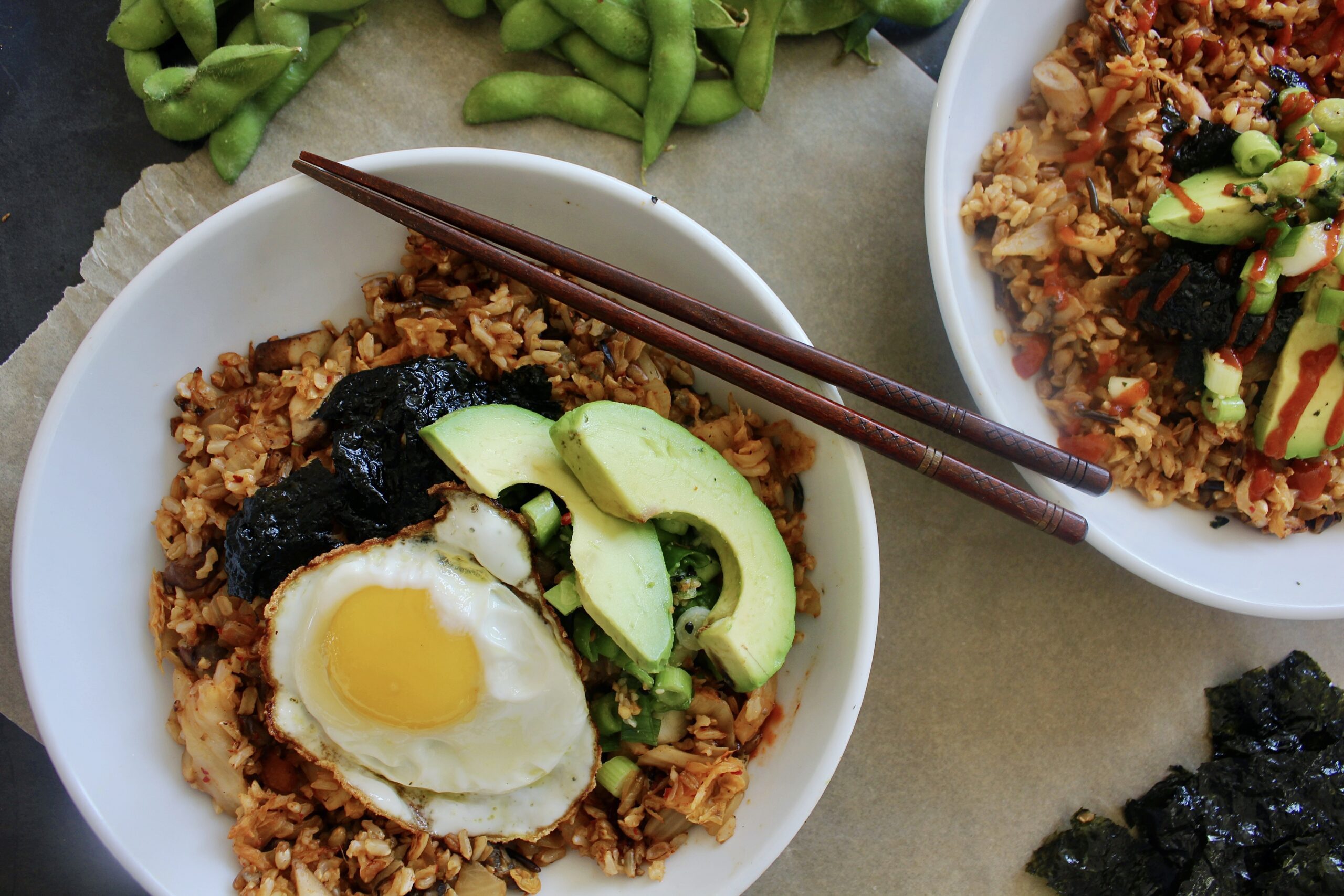Korean Kimchi and Greek Tzatziki are two of the most popular fermented foods. While Kimchi, a traditional Korean dish, consists of fermented cabbage, radish, scallions, and chili pepper flakes, Tzatziki, a Greek dish, is made of strained yogurt, cucumber, garlic, olive oil, and dill. The preparation methods and taste of both dishes differ as Kimchi involves a fermentation process of several days or weeks, while Tzatziki is refrigerated before serving. Both dishes are healthy options as they are high in vitamins and minerals, low in calories, and rich in protein and probiotics. It ultimately comes down to personal preference when choosing between the two.
Korean Kimchi vs. Greek Tzatziki: A Fermented Foods Face-Off
Introduction
Fermented foods have become increasingly popular in recent years as people become more interested in the health benefits that come with them. Two of the most popular fermented foods are Korean Kimchi and Greek Tzatziki. Although both dishes involve fermentation, they are quite different in terms of ingredients, preparation methods, and taste. In this article, we will delve deeper into the intricacies of these two dishes and compare and contrast them.
Ingredients
Kimchi is a traditional Korean dish that consists of fermented cabbage, radish, scallions, and chili pepper flakes. The vegetables are salted and left to ferment for several days or weeks. Additional ingredients such as fish sauce, garlic, ginger, and sugar can be added for extra flavor.
On the other hand, Tzatziki is a Greek dish that consists of strained yogurt, cucumber, garlic, olive oil, and sometimes dill. The yogurt provides a sour flavor while the cucumber adds freshness to the dish.
Preparation methods
Kimchi preparation involves cutting the vegetables, salting them, and allowing them to ferment for several days. The fermentation process can take a few days or up to several weeks, depending on the desired level of sourness. Once fermented, the vegetables are ready to eat, and they can be stored in the fridge for several months.
Tzatziki is prepared by mixing strained yogurt, grated cucumber, garlic, olive oil, and dill. No fermentation is involved in the preparation of Tzatziki. The mixture is left to chill in the fridge for several hours before serving.
Taste
Kimchi has a distinct and spicy flavor due to the addition of chili pepper flakes. The fermentation process also gives it a sour taste that balances well with other Korean dishes. Kimchi can range from mild to extremely spicy, depending on the amount of chili pepper used.
Tzatziki has a refreshing and cool taste due to the presence of cucumber and yogurt. The garlic and dill add a tangy flavor to the dish, making it perfect for dipping or spreading on bread. Tzatziki has a mild flavor and is not spicy.
Health benefits
Both Kimchi and Tzatziki are healthy foods that offer various health benefits. Kimchi is low in calories, high in fiber, and rich in vitamins and minerals. It also contains probiotics that promote gut health and boost the immune system.
Tzatziki is rich in protein due to the yogurt content. It also has a low-calorie count and is often used as a healthy dip or spread for sandwiches. The cucumber in Tzatziki is also high in water content, making it a hydrating food option.
Conclusion
In conclusion, both Kimchi and Tzatziki are popular fermented foods that are not only flavorful but also offer various health benefits. While Kimchi is a spicy and sour Korean dish that involves a fermentation process, Tzatziki is a refreshing Greek dish made from yogurt and cucumber. Both dishes are delicious and healthy, and it ultimately comes down to personal preference when choosing between the two.
